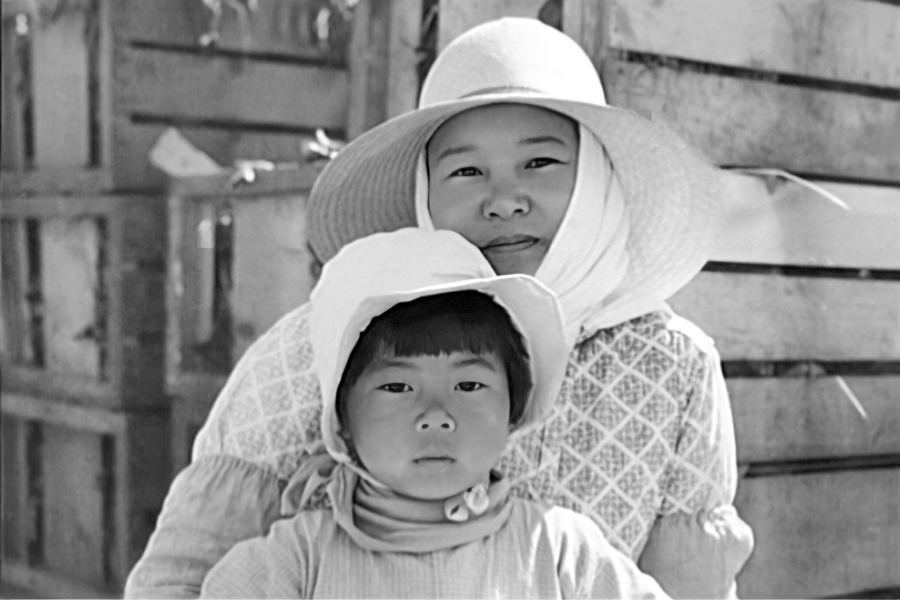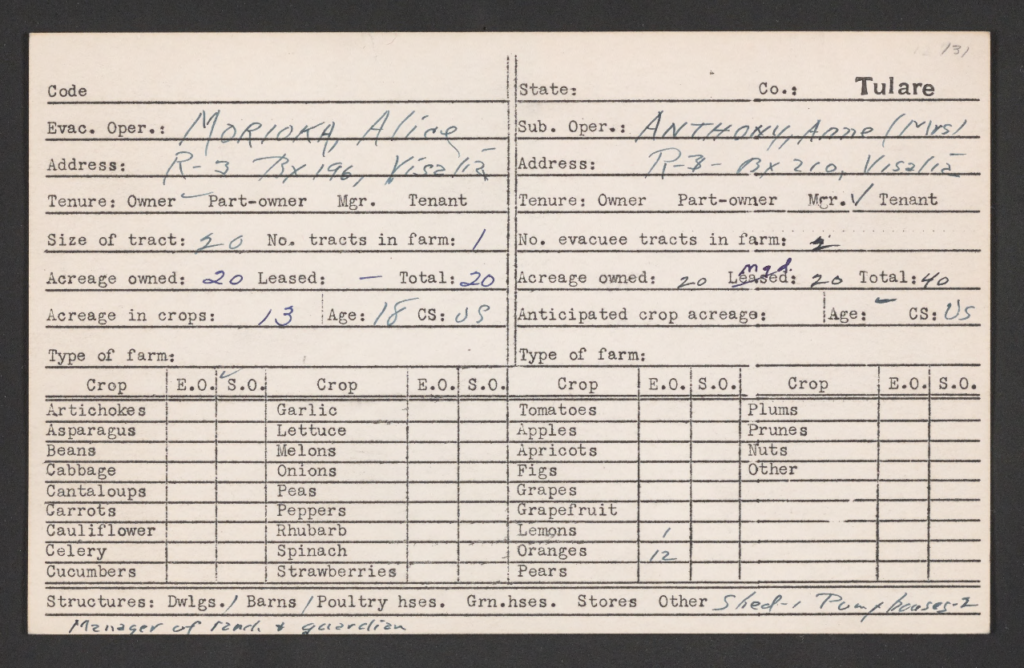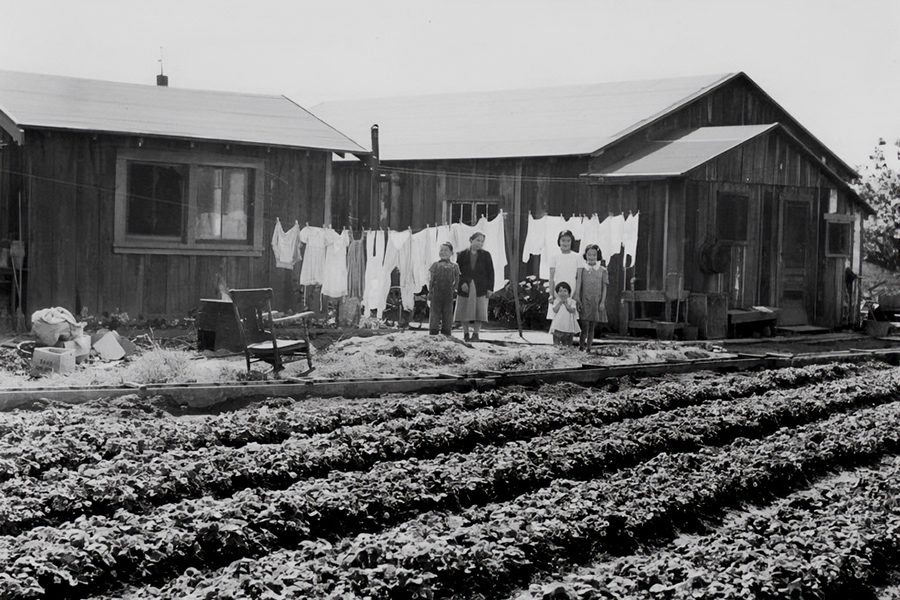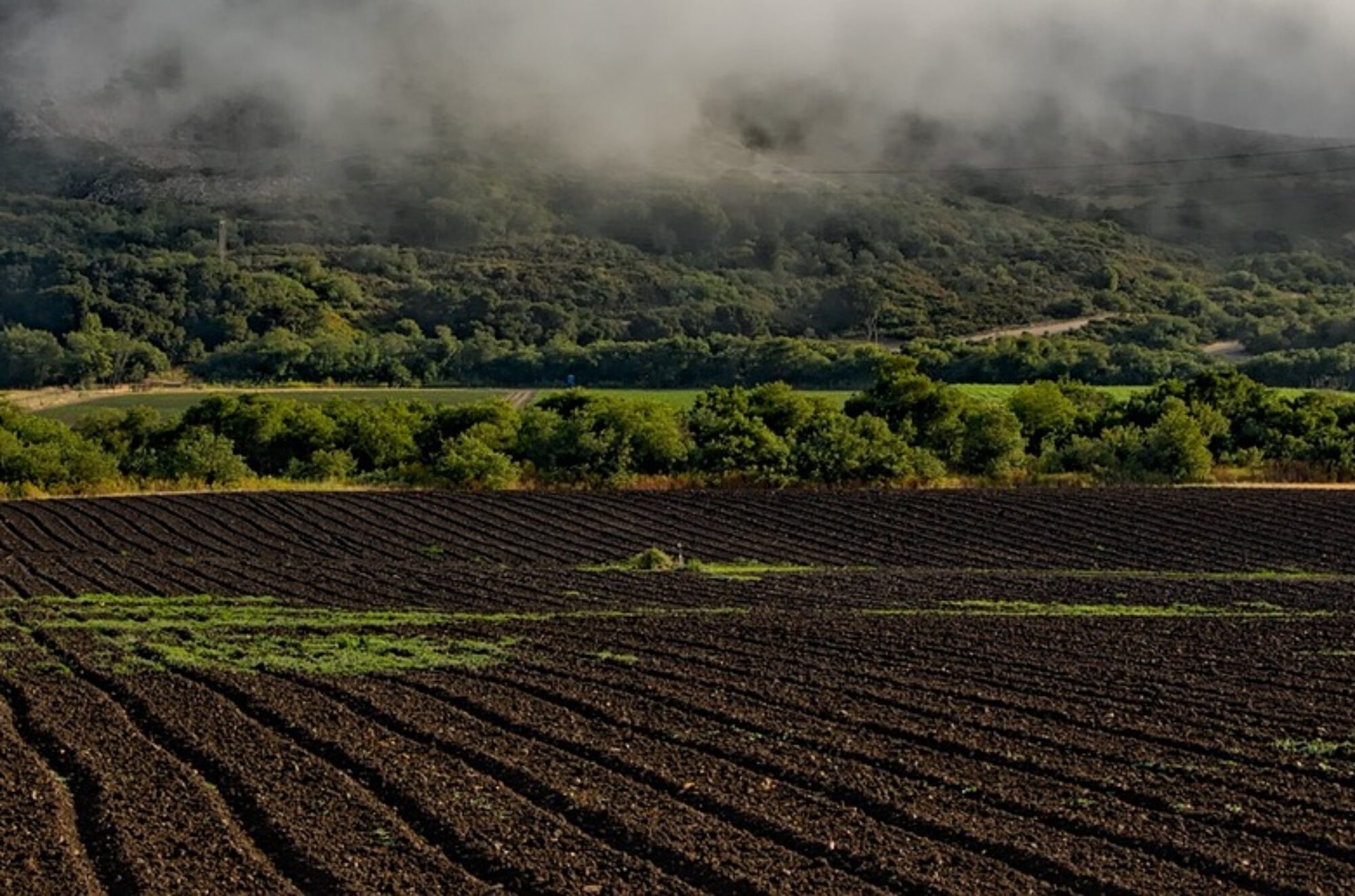UPDATES
#2 With funds from APIsRise, our May/June volunteer sprint will focus on Sacramento and Yolo Counties. Volunteer orientations will take place on 5/25 and 6/3. For information about the talk or to volunteer, please sign up here.
The Kansha History: Nikkei Farm History project documents and publishes the losses of Nikkei (Japanese American) farmers during World War II. Many had invested their entire savings as well as their labor, skills, hopes, and dreams, into these farms, which they were forced to hand over. The losses in crops, structures, land, and housing were recorded by federal field agents. These records are a window into the family and community life of thousands of Japanese Americans. Today, volunteers are restoring this history by transcribing these records and making them searchable to descendants and the public.

Every record is a precious family story.

Alice Morioka, Tulare County. Her story is one of thousands.
This record shows that Farmer Alice Morioka was just 18-years old and responsible for a 13-acre farm at the time of incarceration. Discriminatory laws at all levels of government prevented Asian Americans from owning land or living in many communities. Therefore, land was often put in the name of US-born children who were often responsible for translating and managing family affairs at a young age. During the incarceration, Alice’s neighbor, Anne Anthony, took on the temporary management of the farm. The field agent wrote “MGD” by hand because the form was designed to document one-way transfers and not ongoing relationships.
The Importance of Japanese American Farmers
Before World War II, Japanese American farmers were responsible for 40 percent of all vegetables grown in California, including nearly 100 percent of all tomatoes, celery, strawberries, and peppers.

In California alone, it is estimated that over 7,000 farms encompassing 200,000 acres were sold or transferred under duress. (Farm Security Administration)

Before Spanish and Mexican colonialists and white settlers disrupted the ecosystem, Indigenous people managed these lands in healthy ways and increased biodiversity for over 10,000 years.

